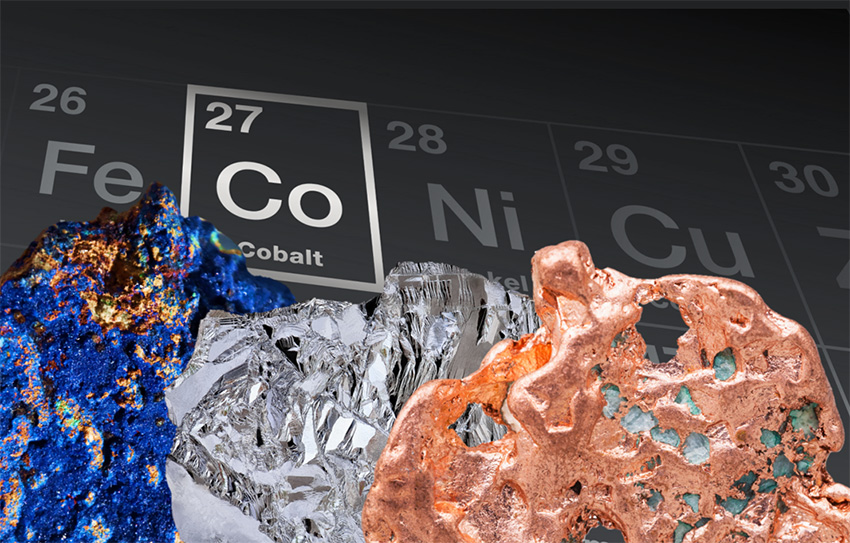Institute Methods and Instrumentation for Synchrotron Radiation Research
Uppsala Berlin joint Lab on Next Generation Electron Spectroscopy
The photoelectric effect and its explanation that earned Albert Einstein his Noble Price has become the workhorse of chemical and materials characterization due to the chemical shift, discovered at Uppsala University and crowed by Hans Siegbahn's Noble Price for electron spectroscopy for chemical analysis (ESCA). Uppsala Berlin joint Lab (UBjL) has taken these successful methods a leap forward by improving detection efficiency by orders of magnitude combining the BESSY II time structure with angle resolved time of flight electron detection. Combining Nils Mårtensson's ERC advanced grant with Helmholtz Funds led to dedicated instruments and beamlines for low Dose Photoelectron Spectroscopy, the Coincidence Electron Spectroscopy for Chemical Analysis and the Surface Dynamics. With these worldwide unique capabilities, the electronic structure and dynamics on relevant time scales of highly sensitive functional Materials are determined. Today, the institute operates with the groups of Håkan Rensmo and Andreas Lindblad of Uppsala University prove to be a vibrant research program for the synchrotron users community.

At BESSY II, Auger photoelectron coincidence spectroscopy (APECS) can be used to precisely determine the localisation of d electrons in cobalt compared to nickel and copper. © adobestock
